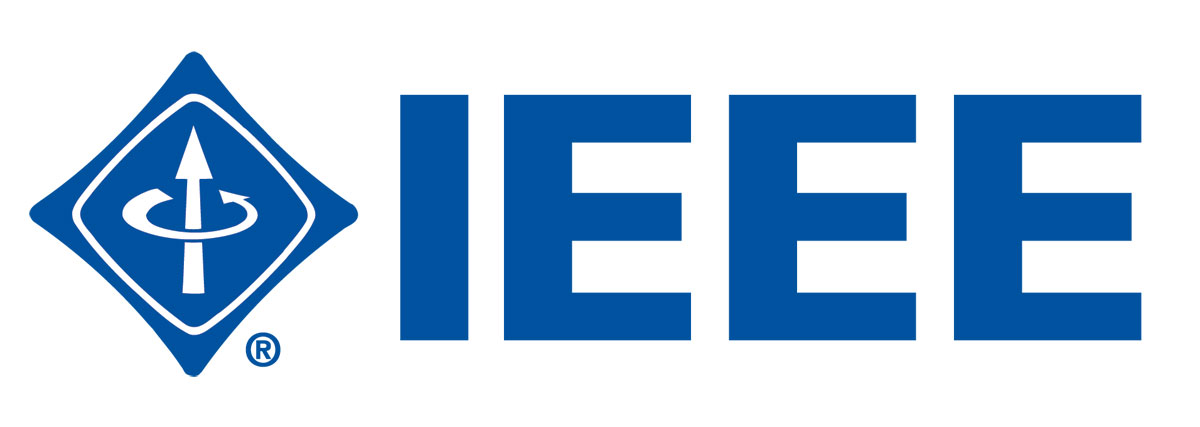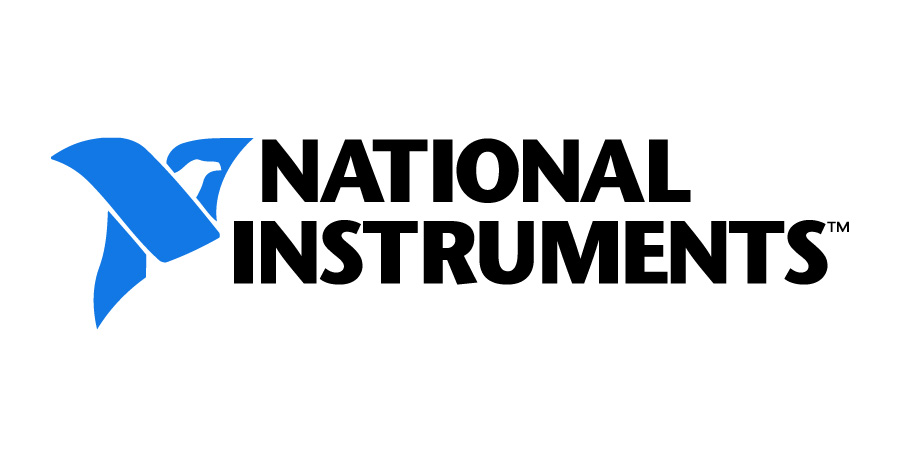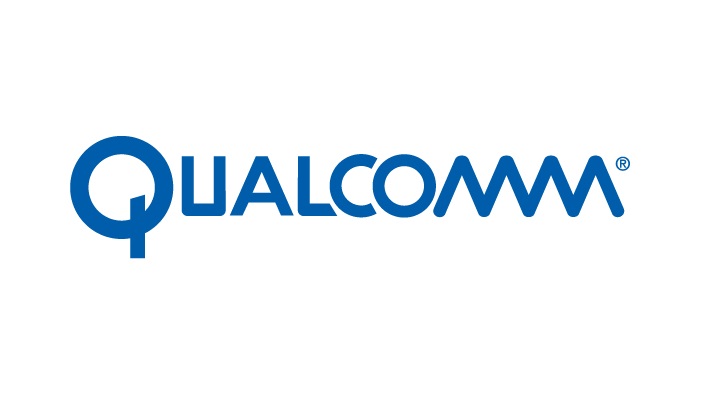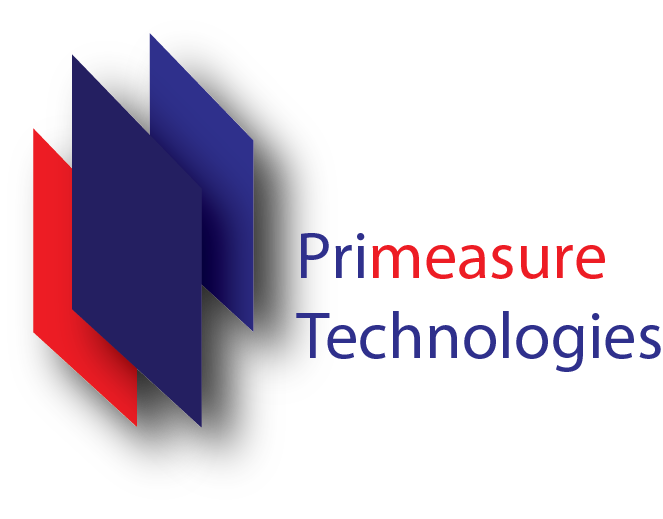















Registration for the 5G workshop is closed.
| 8 am -- 8.30 am | Introduction by Dr. Arogyaswami Paulraj |
| 8.30 am -- 9 am | Massive MIMO: Testbed and Research Speaker: Dr. Ashutosh Sabharwal, Rice University Abstract: Rice wireless group has a long history of developing custom platforms, like WARP, Argos and TFA, and using them extensively in a collaborative research environment. I will first briefly describe the Rice massive MIMO programmable platform, Argos (http://argos.rice.edu), and then highlight various research directions enabled by such a platform. |
| 9 am -- 9:30 am | Preparing for 5G – Standardization and trials Speaker: Dr. Eric Dahlman, Ericsson
Abstract: Preparations for next generation (5G) wireless access is well under way. A important part of these preparations consists of
different trial activities carried out by major vendors, often in close cooperation with operators. The main aim of such trials is to
create an enhanced understanding of key 5G technology components, what their gains are and how they can be deployed. This in turn is
an invaluable background for standardization activities and eventual development and deployment of commercial 5G systems.
|
| 9.30 am -- 10 am | Coffee Break |
| 10.30 am -- 11 am | Bringing 5G into Reality Speaker: Dr. David Mazzarese, Huwawei Abstract: Building a 5G testbed is a challenge not only in terms of developing new implementations for millimeter wave frequencies, but also due to the rapid development of 5G standards specifications at a pace unprecedented in earlier generations of cellular communications systems. Careful understanding of the standard as well as planning of features to be tested will be crucial to the relevance of 5G testbeds developed by universities, industries, standard bodies and compliance test bodies. This presentation provides an overview of the key components of 3GPP-based 5G systems, discusses challenges of 5G testbeds, and presents some results of Huawei’s 5G field tests. |
| 11 am -- 12.30 pm | Panel 1: Objectives, metrics and interfaces of a 5G test bed Dr. Abhay karandikar, Satish Jamadagni, Dr. Ashutosh Sabharwal, Dr. David Mazzarese, Dr. Eric Dahlman, Prasad VTSV Moderator: Babu Narayanan (CeWiT) |
| 12:30 pm -- 2:10 pm | Lunch and Demos |
| 2.10 pm -- 2:30 pm | Introduction to India-EU Cooperation on ICT-Related Standardisation, Policy and Legislation
Speaker: Sachin Gaur Roadmap of TSDSI in future ICT standardization |
| 2:30 pm -- 3 pm | NI platforms for 5G research Speaker: Tarun Gupta
Abstract: 5G is a cutting edge research area and calls for integration of multiple technologies to work in sync with each other.
Any researcher choosing a particular field has to rely on the availability of adjacent technologies in form of prototyping platforms
so that he or she can focus on his respective field. Such prototyping platforms are available commercially in form of tools and
frameworks and can be used to develop 5G testbeds. This presentation would be about two such platforms and the underlying
complexity of implementation of such platforms. Also the talk would give an idea about how these platforms are being used
for different kinds of 5G research.
|
| 3 pm -- 3:30 pm | Evolution of OAI (Open Air Interface) Software for Data-Center Deployments Speaker: Dr. Raymond Knopp, Eurecom
Abstract: OpenAirInterface is a set of open-source software packages for experimentation with real-time deployments of
4G radio-access (RAN) and core networking (CN) entities on generic computing platforms and off-the-shelf RF hardware.
We will present and overview of the current functionalities of the software packages along with the efforts towards
tailoring the architecture for data-center deployments to pave the way for 5G experimentation. In particular,
we will focus on the functional splitting architectures under development in the OAI community to allow for
distributed processing between physical remote-radio units (RRU), physical or virtual radio-aggregation units
(RAU) and virtualized radio cloud centers (RCC). We will also describe some of the challenges for virtualization
of parts of the RAN on commodity servers especially for low-latency services. We will also highlight some of
the work done in the OAI community to allow for heterogeneity between multiple radio-access technologies on
the same computing fabric.
|
| 3:30 pm -- 4 pm | Coffee Break |
| 4 pm -- 4:30 pm | Modern Tools For FPGA Hardware Implementation Speaker: Dr. Olivier Tremois, Xilinx
Abstract: It is well known that telecom systems are more and more complex and competition reduces time to
market at a rate that has been never seen in the past. XILINX knows all these constraints and is working
actively since the beginning in order to allow hardware designers to take advantage of tools at the
forefront of innovation.
|
| 4.30 pm -- 6 pm | Panel 2: Software, hardware and best practices for a 5G testbed Dr. Chockalingam, Dr. Olivier Tremois, Tarun Gupta, Dr. Raymond Knopp, Dr. Harish Krishnaswamy, Dr. Amod Anandakumar Moderator: Dr. Nitin Chandrachoodan/ Dr. Radha Krishna Ganti |
| 6 pm | Concluding Remarks |